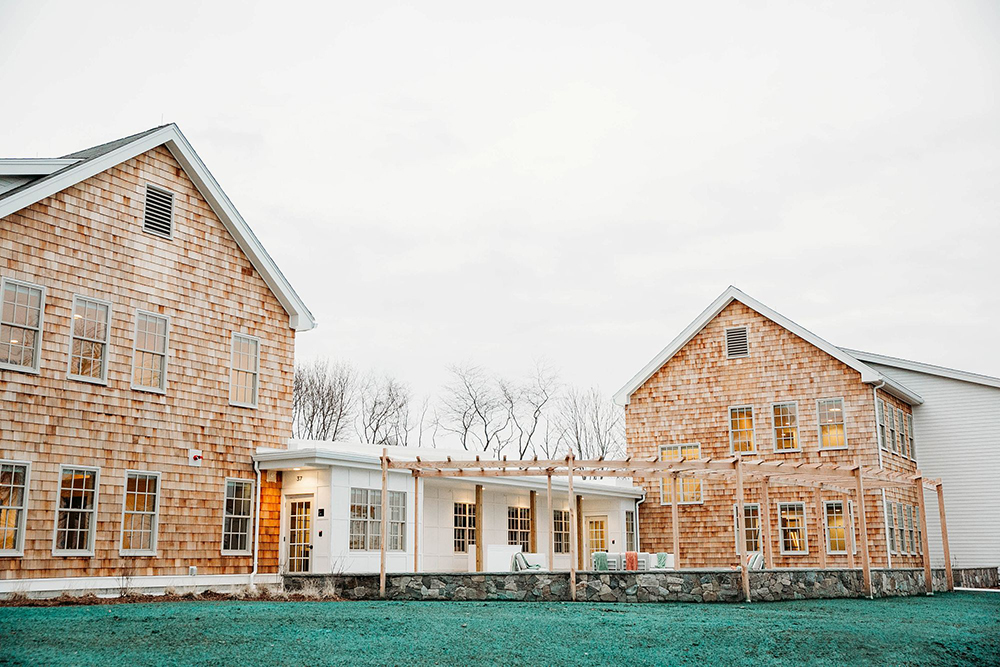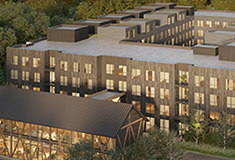Good construction coverage starts with accurate valuations - by Spencer Macalaster

Risk Strategies Co.
Before I was in insurance I was in real estate. In those days, when a construction project derailed because of an unforeseen incident like a natural disaster, we’d file a claim and someone on the other end of the equation would write a check to cover a portion of the loss or damage. The calculus behind what was covered, how much was covered, and how it affected our premiums was a bit of a mystery.
Now that I sit on the other side of that equation as a broker and understand the complexities of insuring real estate, I’m better able to advise clients on taking proactive measures to protect their individual projects and their real estate portfolios. It all starts with proper valuations.
No matter what the cause of a loss may be – from hurricanes to human error – the rapidly changing construction marketplace requires you to make sure accurate values are reflected in your policy before a loss occurs. As the cost of construction increases, the amount of insurance that you need to carry should be increased, but it’s a delicate balance.
Commercial property owners can be proactive about their portfolio’s cost values and exposure by using property valuation modeling. By assessing actuarial and construction data to estimate accurate replacement costs, modeling is critical for any owner of a real estate portfolio.
What goes into valuation modeling? As with any model, it’s all about data. The principal factors considered are geography, replacement cost values for equipment, personal property and business interruption, type of construction, type of occupancy, year built, number of stories, new construction v. renovation and type of fire protection.
Details matter. For example, type and age of the roof, roof geometry, and roof top mechanical and electrical equipment anchoring are important data to include. Are sprinkler systems in place? Does it have a central station fire alarm system that’s linked directly to the fire department? Are there extenuating protections that exist for the property?
Is the property commercial or residential? Most commercial properties have lower replacement values than residential projects where the cost to build out kitchens and bathrooms is higher. On the commercial end, a biotech lab space will be more expensive to insure than a warehouse.
How much has the cost of construction materials risen in the last year? Are potential tariffs having a temporary inflationary effect on the price of steel in commercial development? Are you working with replacement cost values that are different than the appraised value or the bank's loan value?
Finally, location is critical in assessing exposure. If a property is located adjacent to waterfront, like in Gulf Coast properties, hurricanes and construction techniques can impact policies. In California, developers contend with earthquake exposure and must account for the added cost of construction that can withstand the effects of an earthquake. And if a property owner has multiple buildings in a specific geographic area all exposed to a single event, then it’s important to look at the aggregate exposure to all loss when making insurance decisions.
We utilize third-party services with modeling programs to help us estimate replacement costs for our clients. Modeling can help you understand your exposures and can also be an effective negotiating tool against a carrier’s modeling to make sure you end up with the best insurance program for you.
Spencer Macalaster is a executive vice president and real estate practice leader with Risk Strategies Co., Boston, Mass.
Preservation of Affordable Housing secures $23.5 million in financing from Rockland Trust and Citizens Bank


Examples of investors who used Kay Properties for legacy and estate planning purposes for rental property/portfolios - by Dwight Kay









